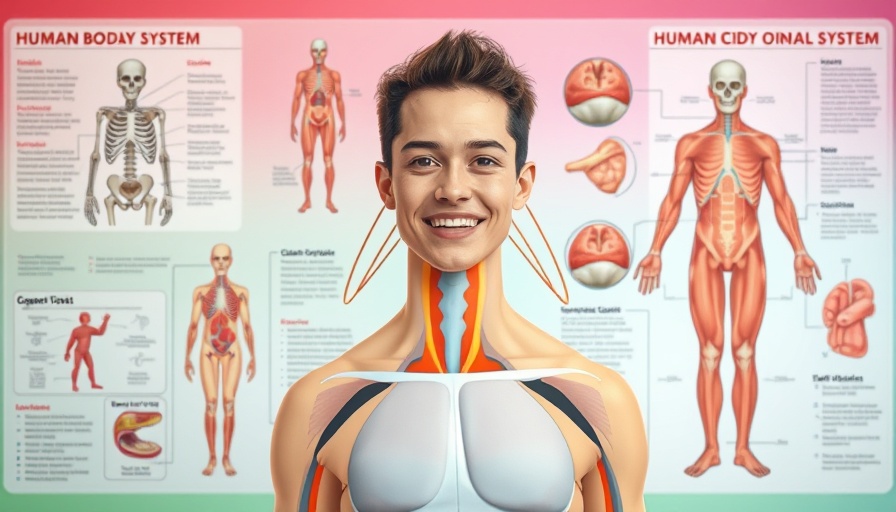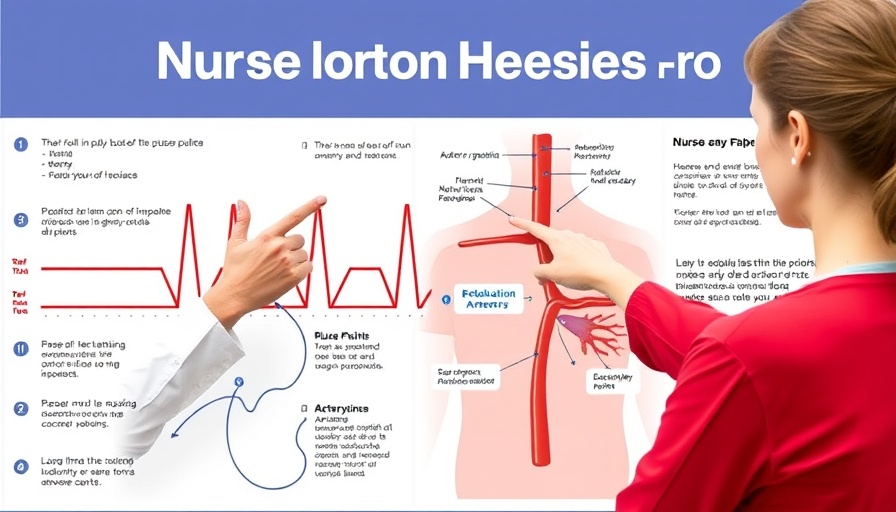
The Amazing Systems of the Human Body
The human body is a complex framework of interconnected systems, all working in harmony to support life. In the video titled 11 Organ Systems of the Human Body (Made Easy!), we are introduced to the intricacies of these organ systems, categorized into five primary functions: support and movement, integration and coordination, transport, absorption and excretion, and reproduction. This detailed guide not only highlights the major organ systems but also serves as a roadmap for medical students and healthcare professionals.
In '11 Organ Systems of the Human Body (Made Easy!)', the discussion dives into the key functions of our body's systems, highlighting insights that are essential for medical education and healthcare practice.
Understanding the Five Functional Groups
The discussion begins with the **support and movement systems**, which include the skeletal, muscular, and integumentary systems. The skeletal system provides structural support,, while the muscles facilitate movement. The integumentary system, encompassing skin, hair, and nails, plays vital roles such as protection against bacterial invasion, temperature regulation, sensation, and vitamin D synthesis.
Integration and Coordination: The Control Center
Moving on, the video delves into the **nervous** and **endocrine** systems, which handle the integration and coordination of bodily functions. The nervous system, consisting of the brain, spinal cord, and nerves, acts swiftly to respond to changes in the body, ensuring rapid communication and control. In contrast, the endocrine system manages longer-term regulation through hormones released into the bloodstream, impacting functions from growth to metabolism.
The Lifeline of the Body: Transport Systems
The **cardiovascular** and **lymphatic** systems are next on our journey. The cardiovascular system, with the heart as its primary organ, transports blood – a rich mixture of oxygen and nutrients – throughout the body. The functioning of blood vessels facilitates this life-sustaining circulation. Meanwhile, the lymphatic system works to reduce swelling, absorb fats from digestive processes, and contribute to immune responses, making it crucial for overall health.
Absorption and Excretion: Vital Processes
Equally important are the respiratory and digestive systems, which perform **absorption and excretion**. The respiratory system is essential for gas exchange, bringing oxygen into the bloodstream while expelling carbon dioxide. Contrarily, the digestive system manages the breakdown and absorption of food, ensuring that nutrients are available for the body while also processing waste for excretion.
Reproduction: The Cycle of Life
The final category covers the **reproductive systems** – male and female. This system ensures the production and transportation of sex cells (sperm and eggs) and, in females, provides a nurturing environment for fetal development. Each aspect of these systems contributes significantly to the continuity of human life.
The Importance of Learning These Systems
Understanding the 11 organ systems of the human body not only fosters a deeper appreciation of human anatomy but also enhances capabilities in medical practice. Whether you're preparing for medical school exams or aiming to enhance your healthcare practice, mastering this content is invaluable.
In light of the challenges faced by medical students in East Africa, who often must absorb extensive information rapidly, learning how to learn effectively becomes a critical skill. Downloading study guides or engaging in educational programs can significantly enhance retention and application of this knowledge.
If you found this overview beneficial, consider exploring additional resources offered by Case Clinic. Continuing your education in anatomy and physiology will empower you to deliver better patient care.
 Add
Add  Add Row
Add Row 




Write A Comment